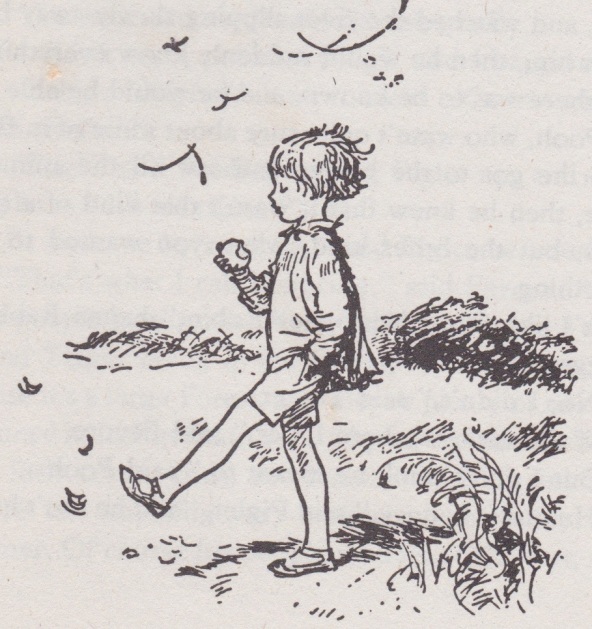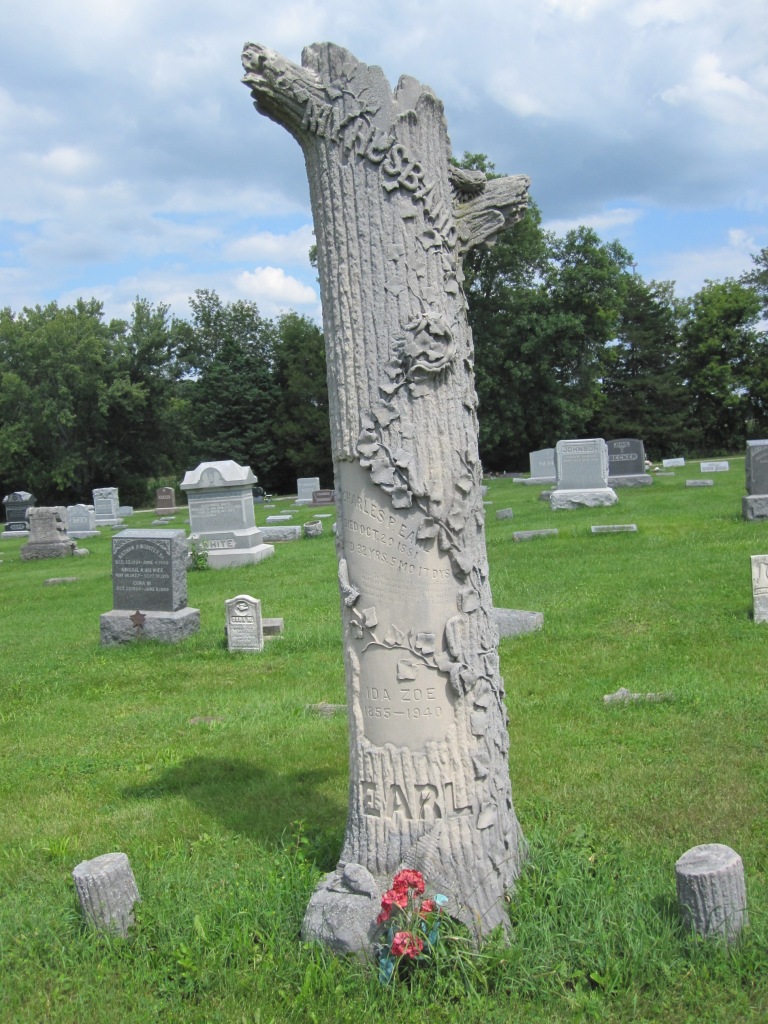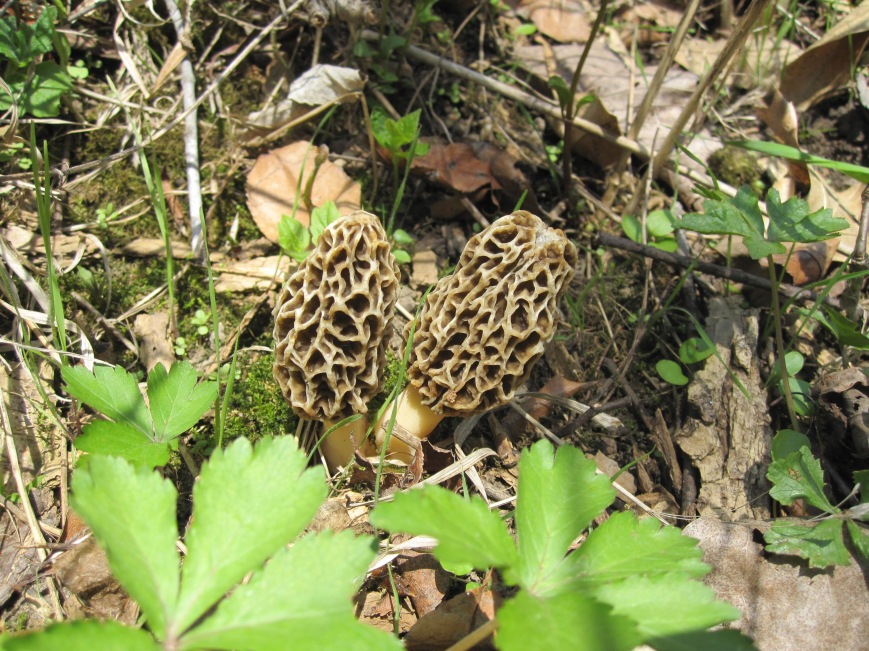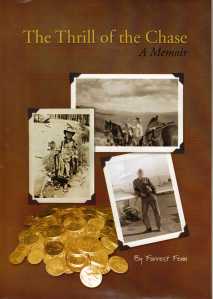I love a good meteor shower. And I once stayed up with the kids to watch the Russian Mir fly over. Pretty cool. I missed Friday night’s sky show here, but it put me in mind of a story which circles around to broken potsherds. Well, I guess all sherds are from broken pots, and Forrest has a slew of them in his backyard and at San Lazaro.
According to Alan Eckert in The Frontiersman, the night Tecumseh was born, March 9, 1768, a brilliant meteor flashed across the sky. This shooting star was, according to the old tales, The Panther, a great spirit passing over seeking a home in the south and it was a good sign. The Shawnee newborn was, therefore, named Tecumseh, The-Panther-Passing-Across.

English: Possibly a painting of Tecumseh, the Shawnee Indian who tried to unite all Native Americans to defend themselves from the growing Unites States of America. (Photo credit: Wikipedia
Tecumseh’s brother was called the Prophet, but according to the author, Tecumseh himself foretold the coming New Madrid earthquake several years before the event. In addition, another great meteor blazing across the sky would be a sign for the tribes to begin the countdown to the earthquake, which was itself the sign for them to gather as one to defend their land against the Americans.
Tecumseh had given each tribe a slab of red cedar with symbols on it and a bundle of red sticks. Each month they were to toss one stick away. When there was one stick left, they were to watch for the sign.
Just before midnight on November 16, 1811, the flash of light came out of the southwest and crossed to the northeast. The chiefs were to cut the last stick into thirty pieces when they saw the meteor.
At 2:30 am on December 16, 1811, the earth shook, from the south of Canada where the Great Lakes sloshed, to the western plains where bison stampeded and earthen vessels shattered. And those tribes that kept their pledge headed for Detroit.
An observer in Louisville recorded 1,874 separate quakes between December and March. The diary of George Crist is compelling reading:
16 December 1811 —“It was still dark and you could not see nothng. I thought the shaking and the loud roaring would never stop…..I don’t know how we lived through it….”
23 January 1811 —“What are we gonna do? You cannot fight it cause you do not know how….We lost our Amandy Jane in this one…. A lot of people think the devil has come here…..”
8 February 1812 — “If we do not get away from here the ground is going to eat us alive….”
20 March 1812 — “We still have not found enough animals to pull the wagons and you can not find any to buy or trade.”
14 April 1813 — “We lived to make it to Pigeon Roost…..From December to April no man…would dare to believe what we lived through.”
Another great eyewitness account was written in March 1816 and published in 1849: Lorenzo Dow’s Journal.
Can you say, “Teremoto“?
But, back to the pottery. I’ve been digging deep in the chapter of Too Far To Walk, the one where Charmay and Forrest are doing archaeology at San Lazaro. Not to put too fine a point on it, I was going to email Forrest about another rabbit trail I was on.
Now, I’ve always been a bit cryptic about my ideas, even when emailing him. Not that I didn’t trust him. I do. I just figured some 12-year-old whiz kids could tap into people’s communications, if they so chose. Have I been cryptic enough? Too cryptic. Hmmm.
So.
Sorry.
You read all this way and it’s a dead end. No clues for you.
No. Really. Sorry.
Fade to music: Gordon Lightfoot singing “If You Could Read My Mind, Love, What A Tale My Thoughts Would Tell…..”

From Forrest Fenn’s Collection See more at Old Santa Fe Trading Co dot com
Or, Kermit, the Frog, singing “The Rainbow Connection”
Related articles


































